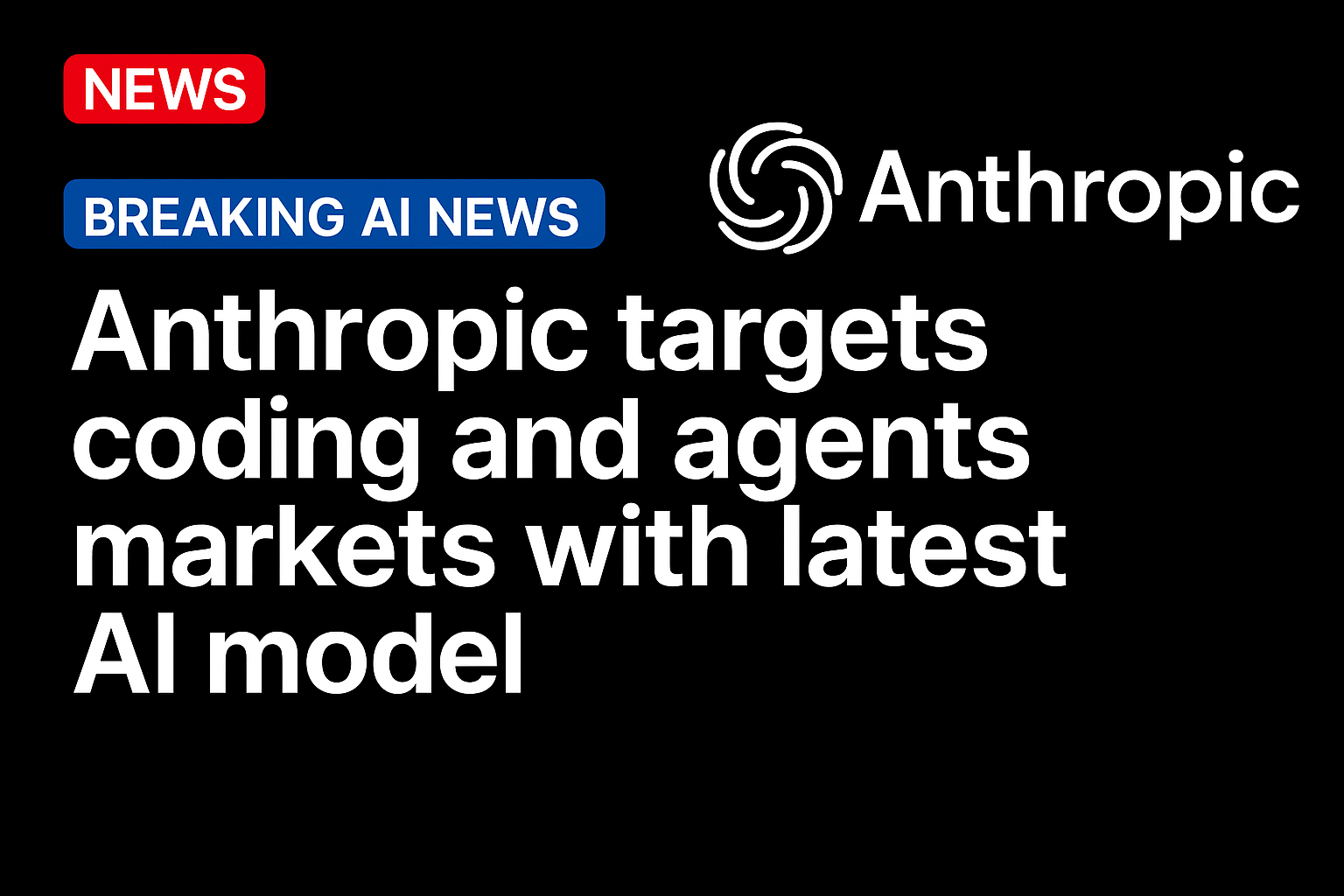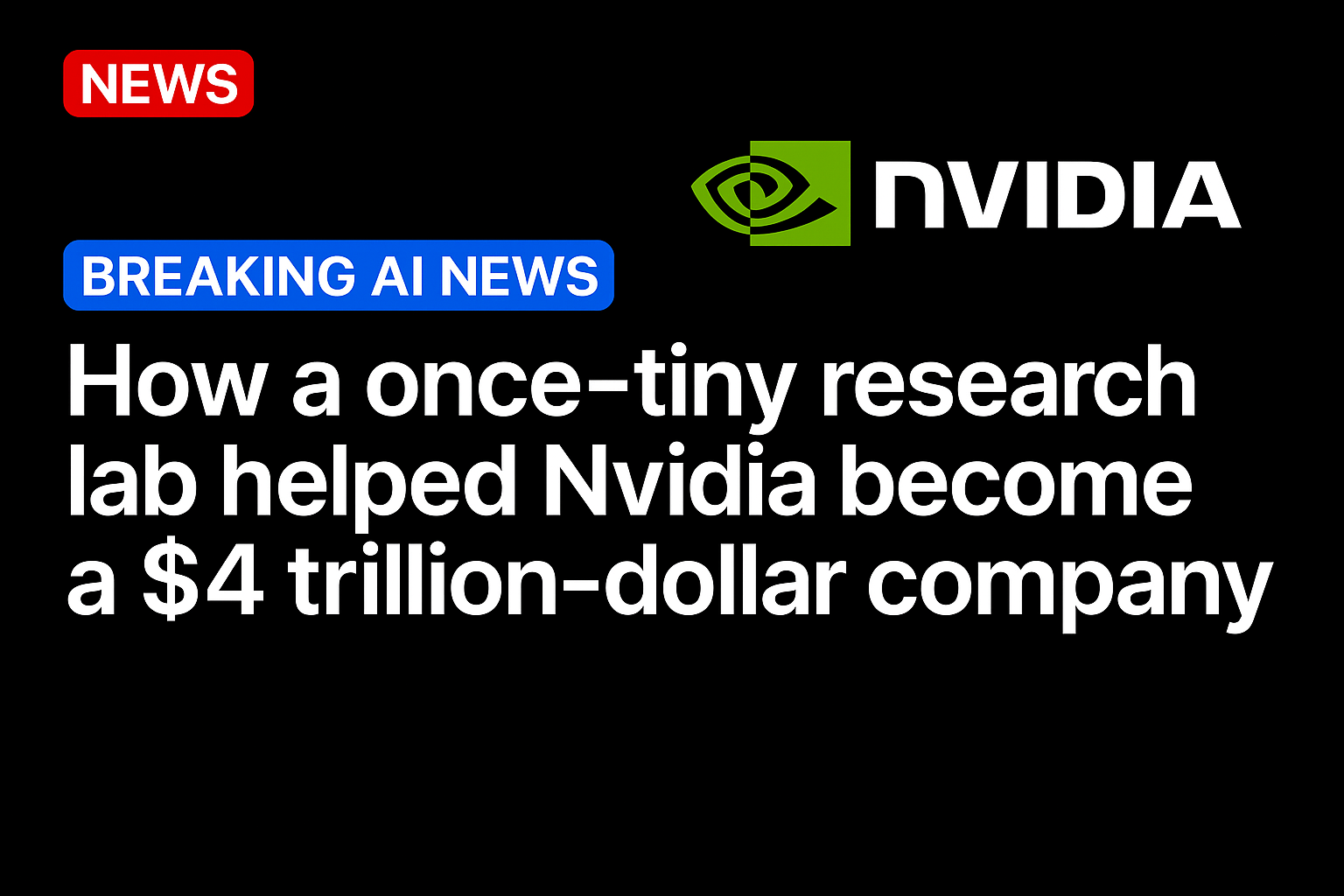
Anthropic released its latest artificial intelligence (AI) model, Claude Opus 4.5, on Monday (Nov. 24), together with several other new products and features.
Claude Opus 4.5 performs especially well when applied to coding, agents and computer use, the company said in a Monday press release.
The new model is also “meaningfully better” than its predecessors in performing deep research and working with slides and spreadsheets, according to the release.
“Opus 4.5 is a step forward in what AI systems can do, and a preview of larger changes to how work gets done,” Anthropic said in the release.
The model is now available on the company’s app and application programming interface (API), and on major cloud platforms, per the release.
Anthropic also released updates to the Claude Developer Platform, Claude Code and the company’s consumer apps, according to the release.
Among the changes: the Claude Developer Platform now includes an effort parameter that lets developers decide how much time the model spends thinking about a problem; Claude Code now includes a Plan Mode for building more precise plans; and the consumer apps automatically summarize earlier context as needed to allow longer conversations, per the release.
“Each of these updates takes advantage of Claude Opus 4.5’s market-leading performance in using computers, spreadsheets and handling long-running tasks,” Anthropic said in the release, referring to the consumer apps’ updates.
This announcement came about a week after Nvidia and Microsoft pledged up to $15 billion to Anthropic as part of a partnership between the three companies.
The collaboration includes Anthropic scaling its Claude AI model on the Nvidia-powered Microsoft Azure; Anthropic agreeing to purchase $30 billion of Azure compute capacity and to contract additional compute capacity up to one gigawatt; and Microsoft and Nvidia pledging to invest up to $5 billion and $10 billion, respectively, in Anthropic.
It was reported on Nov. 4 that Anthropic expects to bring in up to $70 billion in revenue by 2028, compared to about $5 billion this year. The company expects demand from businesses for its AI models to fuel that growth, The Information reported at the time, citing a source familiar with the company’s financials.
Source: https://www.pymnts.com/




